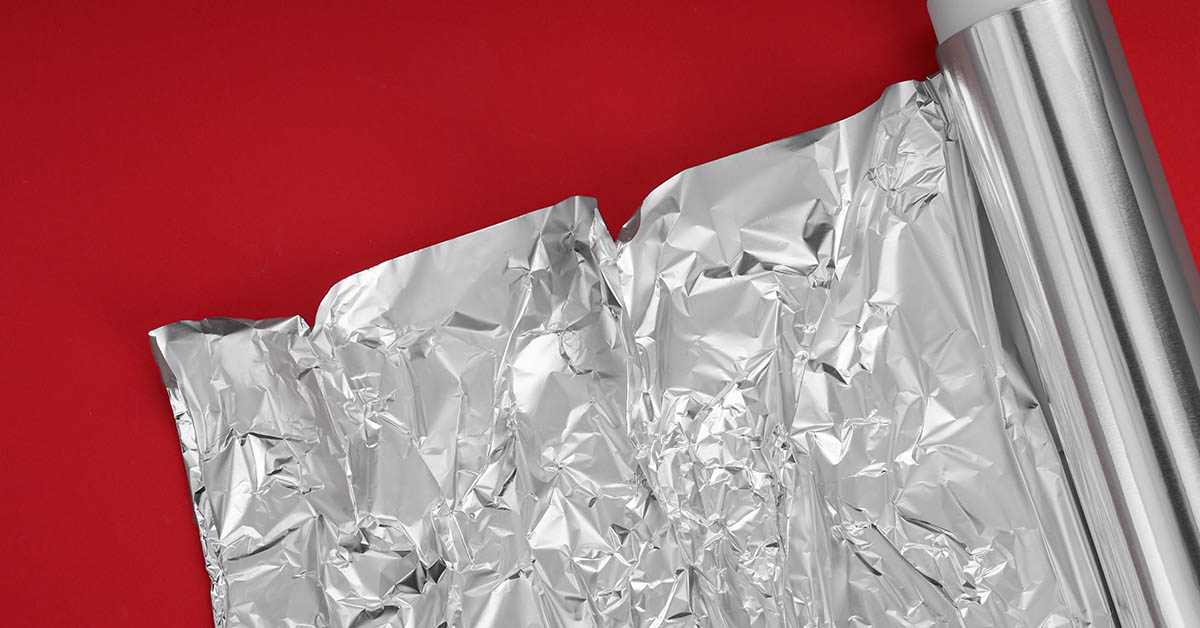As technology advances and more things in our homes connect, the slower the connections run, especially during peak hours when everyone in the neighborhood or complex is winding down for the day. However, a technology professor shared a hack, suggesting you place a sheet of aluminum foil behind your router. The intention is to help improve your Wi-Fi speed.
A Professor’s Take

James McQuiggan is a Security Awareness Advocate for KnowBe4 and a part-time faculty professor at Valencia College in the Engineering, Computer Programming & Technology Division. As such, he’s studied and thoroughly researched all things technology. He points out an interesting technique for boosting your Wi-Fi connection speed, using a sheet of aluminum foil behind your router.
Read More: Dad Divides The Internet With His Tactic For Getting His Son To Read
Aluminum Foil Behind your Router for Faster Connection
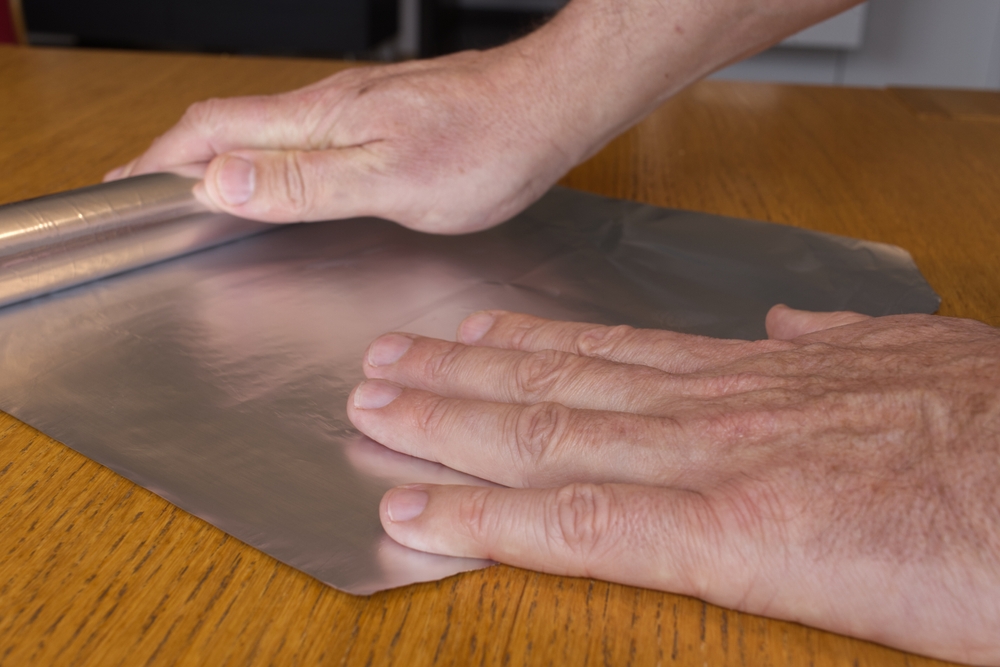
Apparently, when more devices are connected to the same wireless network, the signal becomes weaker. ”Like a sprinkler head spraying water in all directions,” explains McQuiggan. As a result, wireless signals go to places where they’re not needed and weaken them where they are.
Additionally, obstructions like furniture or walls can impact the signal strength. That’s where the aluminum foil behind your router takes effect. Placing the aluminum foil behind your router with the shiny side facing outward will reflect the signal. This allows it to travel more freely yet methodically. Additionally, shaping the aluminum foil behind your router will give you more control over where the signal travels.
Testing the Theory
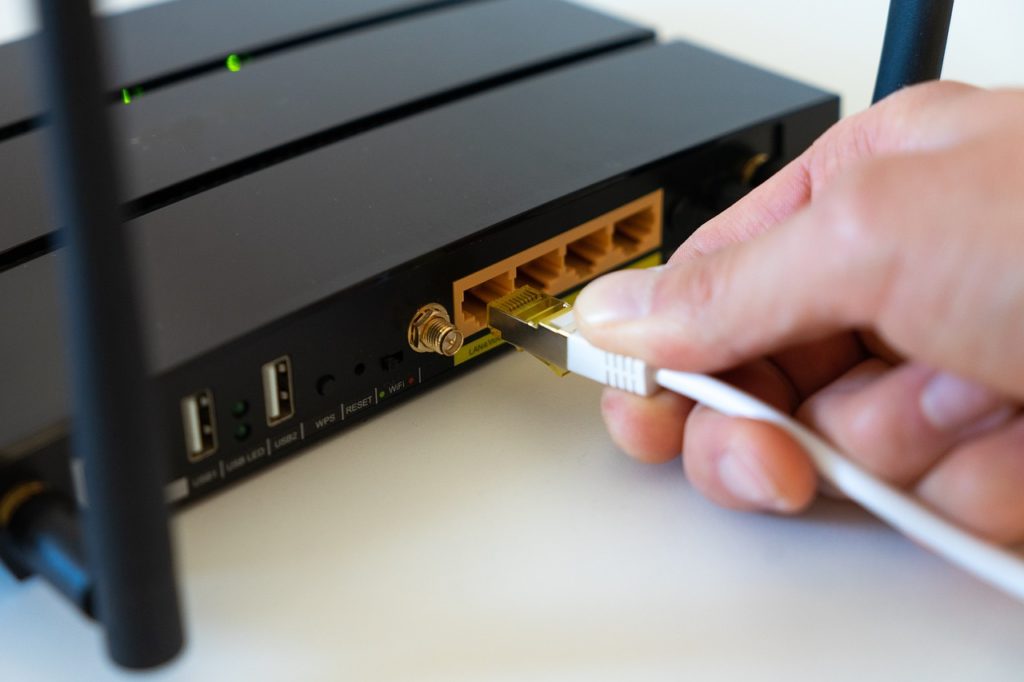
Although this hack might seem illegitimate, a research team at Dartmouth studied the theory, confirming Professor James McQuiggan’s theory. The team reported they created a “3D-printed shape” that was “covered in aluminum.” And strategically placed it to control where the signal traveled. They boosted the signal in desired places by more than half. Meanwhile, they decreased the signal in undesired places by just over 60%.
How to Place Aluminum Foil Behind Your Router

What you’ll need:
- 1 Foot Sheet of Aluminum Foil (Be Sure to Cover the Aentena to the Top) Note: Some routers won’t have an external antenna.
Create a “C” shape with the sheet then place the aluminum foil behind your router. The shiny side should be facing inside the curve, toward the router. Fold out the bottom of the sheet to create a stand if it needs extra support to stand upright.
Last, check the connection by going where you’d like to see an increase of signal such as on the couch or in the kitchen. Type “Google speed test” into your phone or computer browser’s search bar. Then run the blue “run speed test“ to get a report containing the connection speeds.
Aluminum Foild Behind your Router for Security
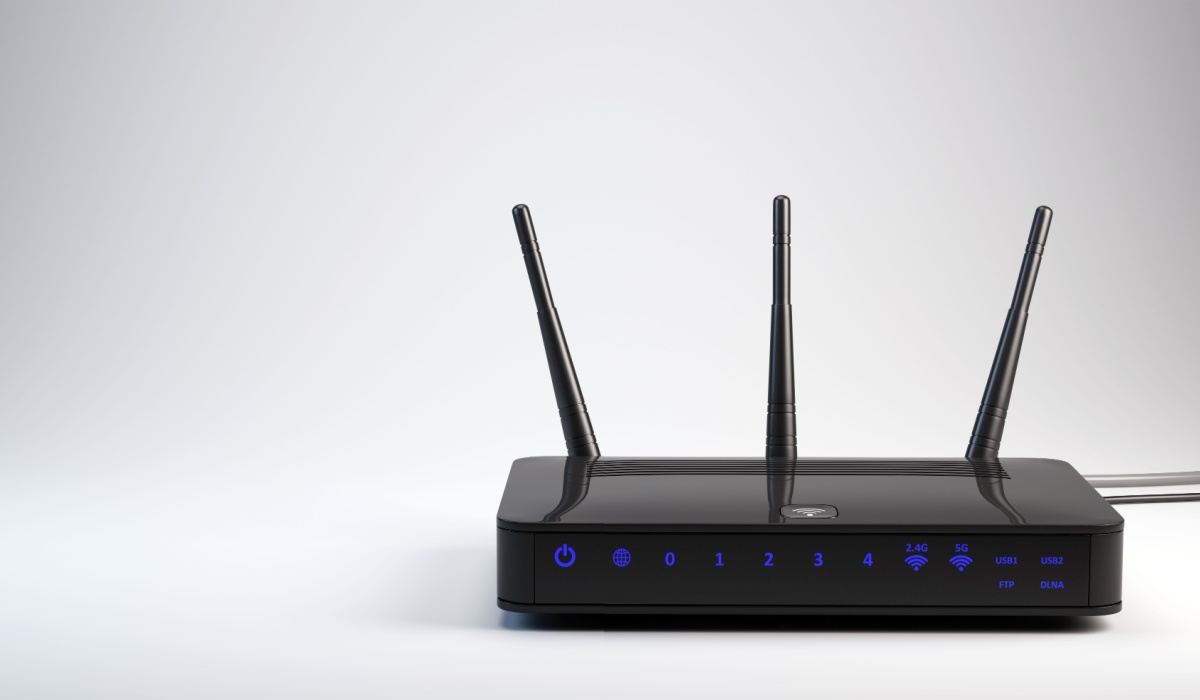
Apparently, placing aluminum foil behind your router is good for more than only improving speed and efficiency. The Dartmouth team also discovered the hack may be a successful way to ensure a secure connection. Placing aluminum foil behind your router limits how far the WiFi signal can reach, meaning hackers won’t be able to reach your connection, especially if you arrange the signals to avoid areas where a connection is never needed. “Such physical confinement of wireless signals serves as a complementary method to existing network security measures, such as encryption, and hence raises the barrier for attackers,” the researchers wrote.
Read More: High Utility Bill? 7 Signs To Avoid Being Scammed (Internet, Electricity and More)
Home Test
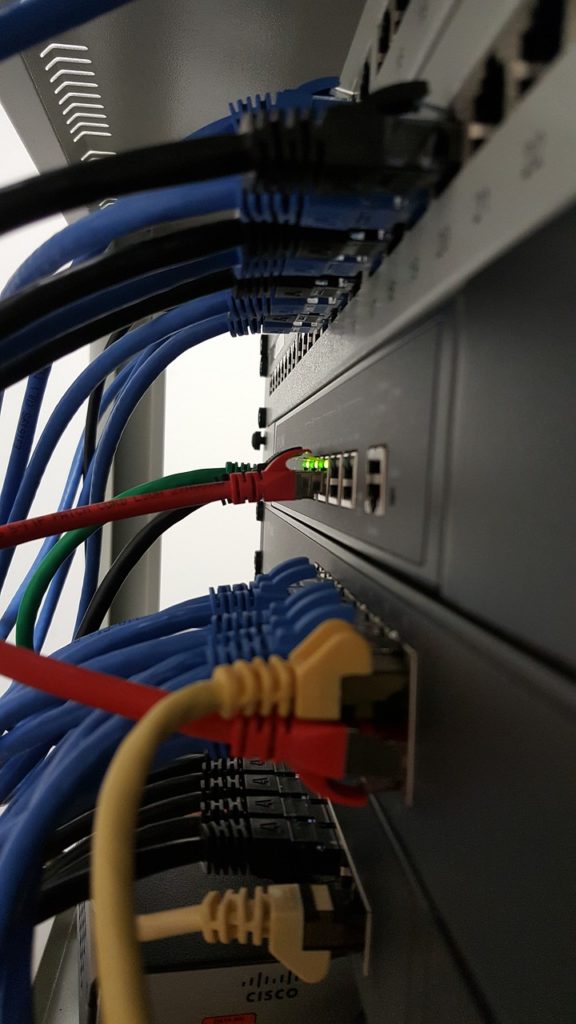
It’s important to note that this hack won’t always work and the results aren’t guaranteed. For example, Brooke tried the hack in her home, and the results were unsuccessful. “Before I started, I compared the internet speeds between my porch and living room, where the router is located. The difference was massive” She shared. “One sheet of aluminum foil didn’t make any difference at all, and using two sheets of foil or the soda can seemed to drop speeds by a few Mbps. I tried adjusting the angle that the curved portion of the foil or can faced, as well as their locations beside the router, but I didn’t notice much of a difference with my internet speed when I tried to connect.”
Brooke concluded: “Though it didn’t quite work for me, it can’t hurt to give this trick a shot before forking over significant cash for a Wi-Fi extender if you’re having internet connection problems. After all, it did work for the Dartmouth researchers.” She also notes factors including the size of your space and your internet plan impact this theory’s success rate.
Other Tools
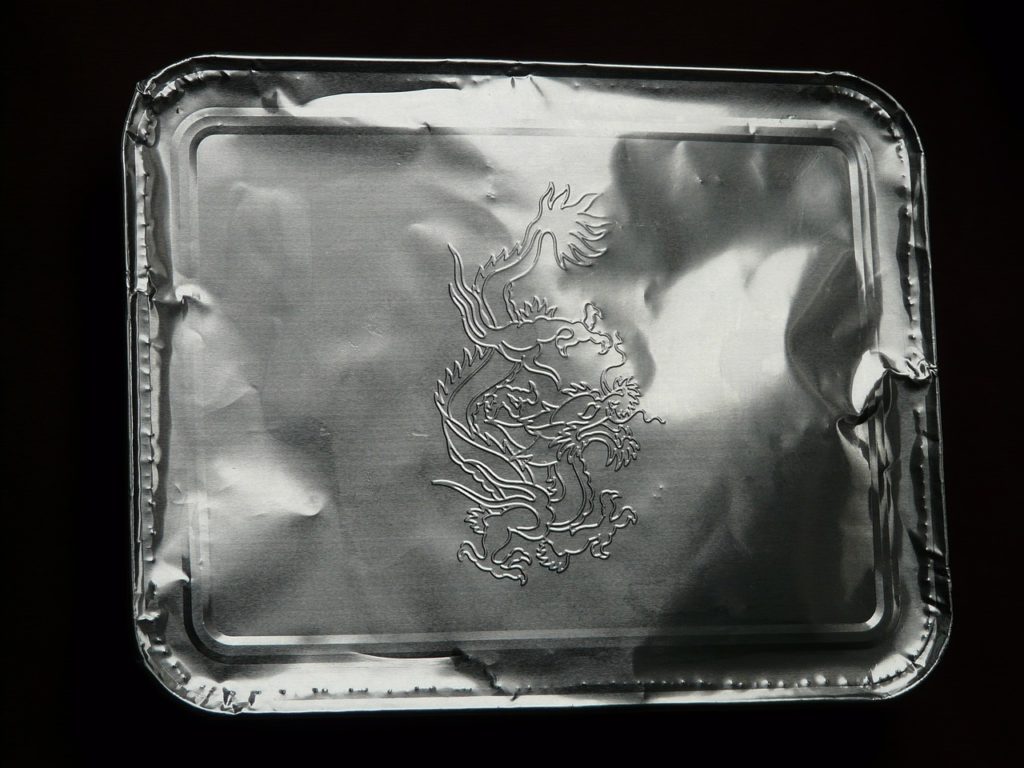
Putting aluminum foil behind your router is seemingly the easiest option but other basic household items may also be used to substitute the aluminum. Essentially, any metal item, typically, found in the kitchen. Some examples include metal baking sheets and beverage cans. The most important aspect is how they’re shaped and positioned. It’s recommended to “make sure to position them so that the curved, reflective part faces toward the area in your home where you want to amplify the Wi-Fi.”
Boosting Signal
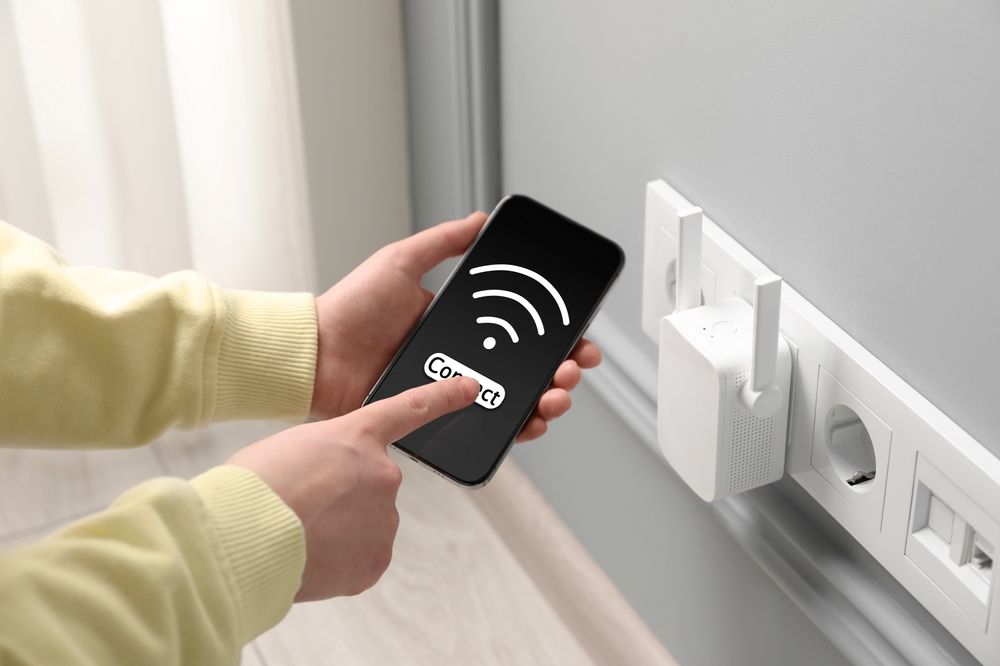
Because this method isn’t guaranteed to work for everyone, some may be left without hope, wondering if they’re doomed to experience slow connections. However, putting aluminum foil behind your router isn’t the only way to help increase Wi-Fi connectivity. “While foil can help concentrate the signals, it’s usually not a great solution compared with upgrading your router or positioning it more optimally,” added Professor McQuiggan.
The most common way to reboot the router is to turn it off. Always use the power button if it has one as unplugging it while it’s on can cause it to short-circuit. Another helpful, but costly, option is a WiFi extender. This typically plugs into the wall, connecting to the WiFi and helping to extend the signal. Moreover, resources like the national broadband map, are available to help you report, troubleshoot, and fix a problem with Wi-Fi connectivity.
Although putting aluminum foil behind your router may not always be the solution, it’s worth considering because other options can become costly.
H/t Readers Digest
Read More: What Happens to Your Phone After You Die? People Of The Internet Give Their Own Answers
